PC Alkaline AAA CAN
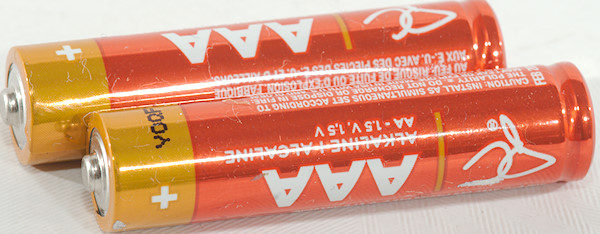
Official specifications:
- Chemistry: Alkaline
- Voltage: 1.5V

AAA battery from Cananda.
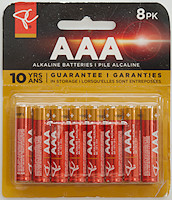
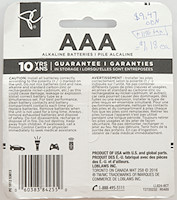
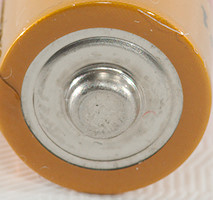
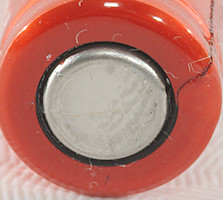



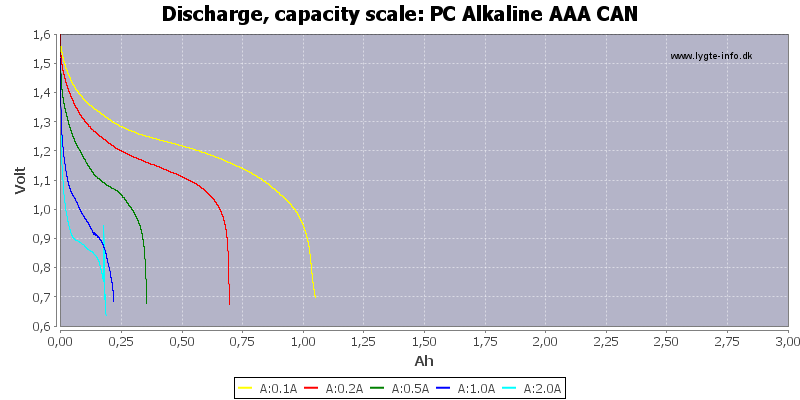
Discharge curves are fairly standard alkaline.
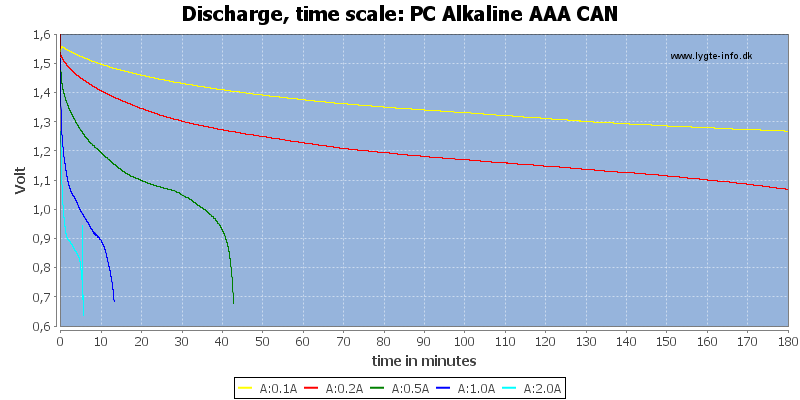
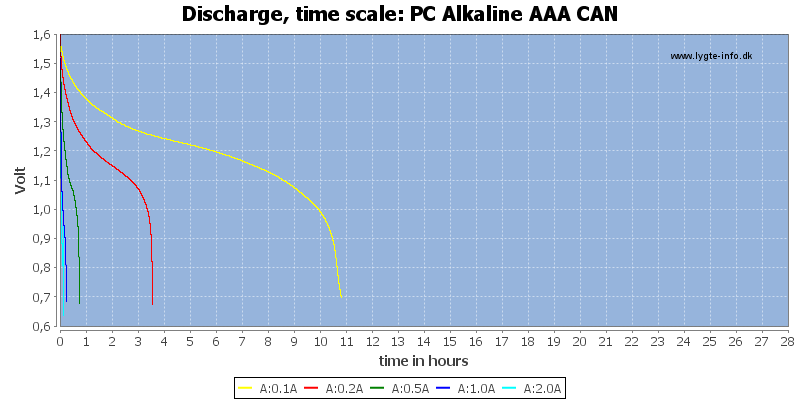
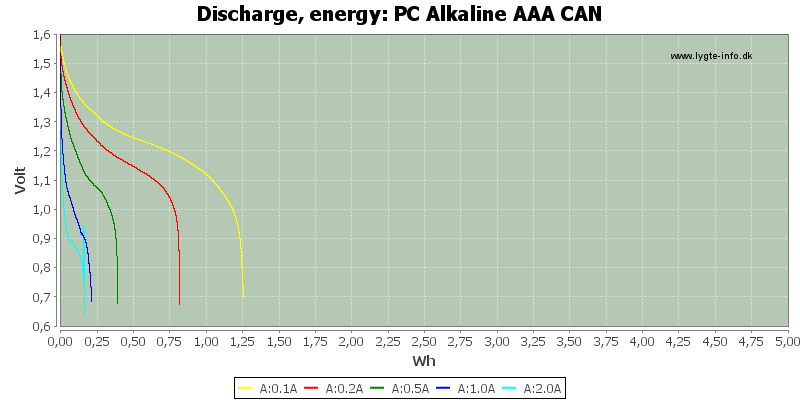
Conclusion
These cells do very well at low current, but capacity is not as good at higher current.
Notes and links
I got the batteries from: a Canadian appreciative of the work HKJ does and shares
How is the test done and how to read the charts
Compare to other AA/AAA batteries: Alkaline/NiMH/Lithium












